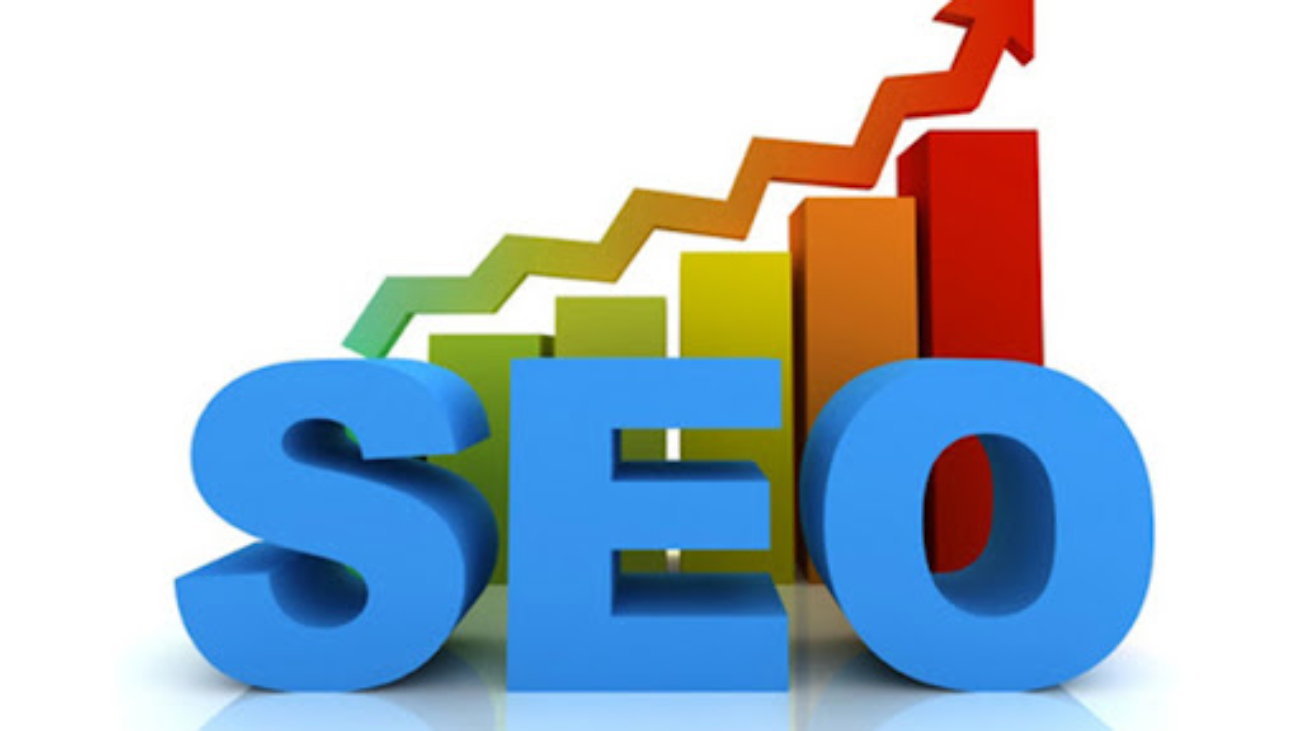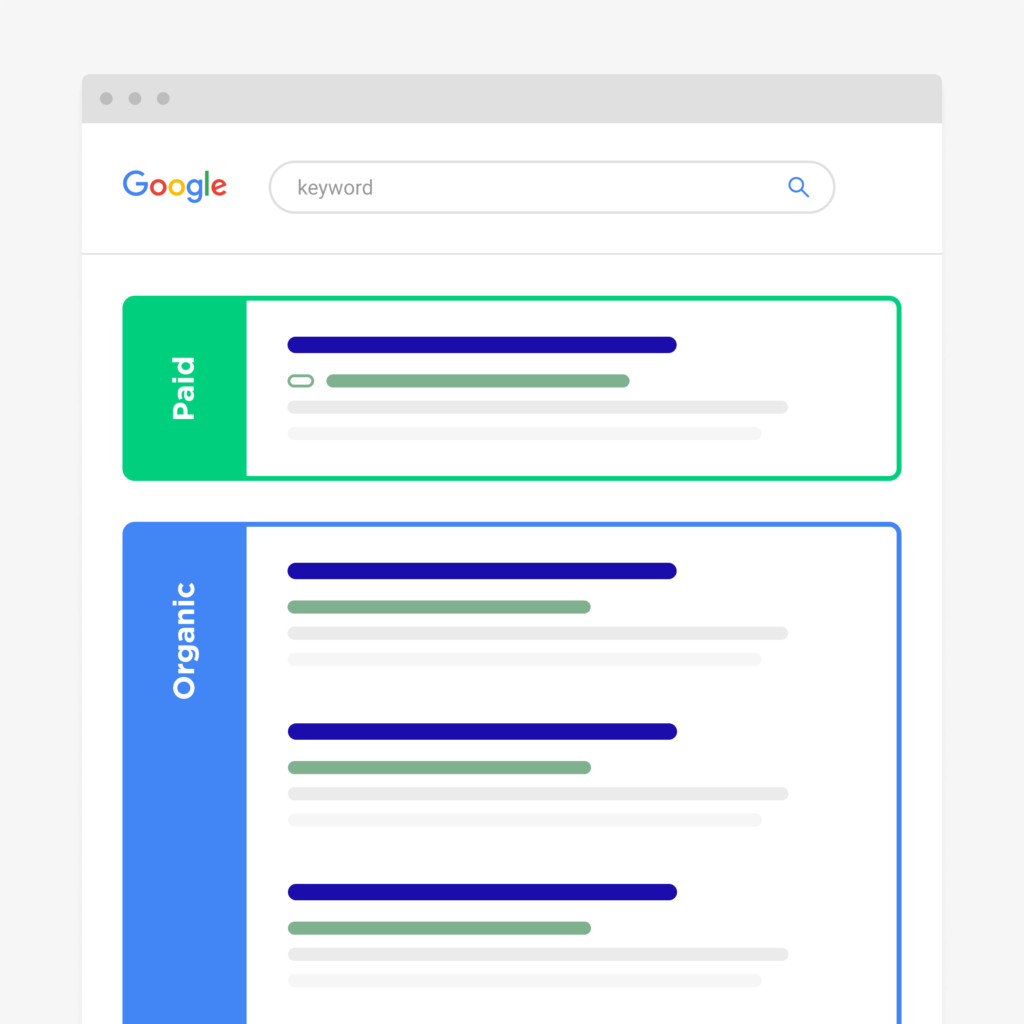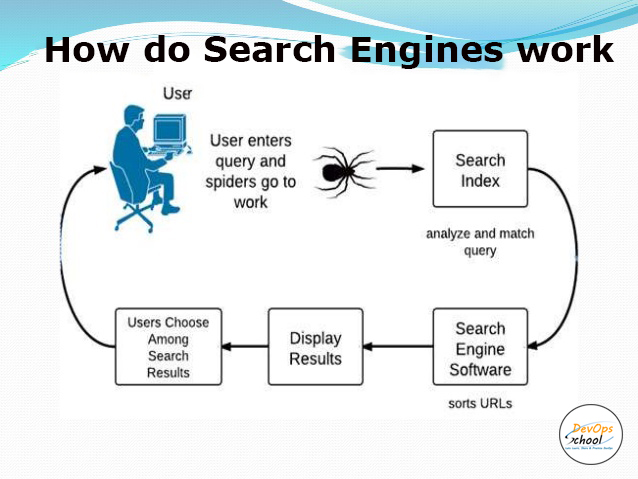Leads Generation
Ever notice how telemarketers always seem to call at the most inconvenient times? For example, just before you sit down to have dinner? These annoying calls at dinnertime used to come in all the time.
Not only were they annoying, but (at least at my house) the companies attempting to generate leads never appeared to find success with them.
I’m here to let you know that those awkward dinnertime phone calls are a thing of the past.
We’ll discuss smart, strategic, and dinner-plate-friendly inbound lead generating techniques in this piece.
First, we’ll start with defining a lead, and then we’ll cover what online lead generation is, and why you need it. Next, we’ll go into how to qualify someone as a lead, how to label lead types, how you generate leads, and why inbound lead generation is much more effective than simply buying leads.
What is Lead?
Any individual who expresses interest in a company’s goods or services is considered a lead.
After initiating contact (by providing personal information for an offer, trial, or subscription), leads usually receive communication from a company or organization rather than a cold call from someone who bought their contact information at random.
Assume for the moment that you complete an online survey to get more information about car maintenance. You get an email from the car business that made the survey a day or so later. This procedure is significantly less invasive than receiving an unexpected call.
Business-wise, the data the car firm obtains about you from your survey answers enables them to tailor that opening.
The process of turning site visitors into customers includes leads. Every lead is not created equal. Depending on their lifecycle stage and level of qualification, leads can be classified into several categories.

Marketing Qualified Lead (MQL)
Contacts that have interacted with your marketing team’s efforts but aren’t prepared for a sales call are known as marketing qualified leads. A contact who completes an offer’s landing page form is an example of a MQL.
Sales Qualified Lead (SQL)
Contacts that have taken specific steps to signal their interest in becoming paying clients are known as sales qualified leads. A contact who submits a form to inquire about your good or service is an example of a SQL.
Product Qualified Lead (PQL)
Contacts who have used your product and performed actions suggesting they may be interested in becoming a paying client are known as product qualified leads. PQLs are usually present in businesses that provide a free or restricted product trial.
Service Qualified Lead
Contacts or consumers that have told your service staff they would like to become paying customers are known as service qualified leads.
A client may inform their customer support agent, for instance, that they would like to upgrade their product subscription. The customer support agent would now elevate this client to the relevant sales team or representative.
These lead generators are just a handful of the lead generation techniques you can employ to draw in prospective clients and direct them to your offerings.
When an individual from outside the marketing field inquires about my work, I am unable to merely respond, “I produce content for lead generation.” I would receive some very perplexed looks.
Instead, I reply, “I try to come up with original ideas to draw customers to my company.” I want to give them enough freebies to pique their curiosity about my business so that they would eventually become receptive to it and desire to communicate with us.
That typically strikes a chord more strongly, and lead generation is precisely that: It serves as a means of acquainting prospective clients with your company. This sets them on the right course.
Why do you need lead generation?
The shift from stranger to customer is far more seamless when someone expresses a genuine interest in your company. You use inbound marketing to improve this shift.
By matching the needs of your target audience, inbound marketing is a strategy to draw in devoted clients.
The foundation of an effective inbound marketing strategy is the creation of customized marketing experiences through insightful content, which promotes client engagement and growth.
The second phase of the inbound marketing approach is lead generation. It happens once you have drawn in visitors and are prepared to turn them into leads for your sales force.
As the picture below illustrates, a person’s journey from potential client to satisfied customer begins with lead generation.

The Lead Generation Process
Let’s go through the lead generation process’s steps now that we know how it fits into the inbound marketing technique.
1. Initially, a customer finds your company via one of your advertising platforms, such your blog, website, or social networking accounts.
2. The visitor then clicks on your call-to-action (CTA), which is an image, button, or text on your website that requests that users do a specific action.
3. Your visitor is brought to a landing page—a webpage intended to collect lead information in return for an offer—by clicking on that call to action.
4. Your visitor completes a form on the landing page in return for the offer. And voilà! You’ve got a fresh lead. That is, if you adhere to recommended techniques for lead capture.

How to Generate Leads
Once you’ve assembled all of these components, you can start producing leads by using your different advertising channels to bring people to your landing page.
However, which platforms are best for promoting your landing page? Let’s discuss lead gen marketing, which is the initial stage of lead generating.
It’s time to examine your current web channels and find conversion opportunities if you’re asking how to produce leads in particular for digital marketing. This can apply to both your paid and organic social media presence, as well as your website.
Lead Generation Strategies
Various campaigns, techniques, and approaches are included in online lead generation, depending on the platform you use to collect leads.
Best practices for lead capture were discussed after a visitor has reached your website, but how can you draw them in the first place?

Let’s examine lead generation tactics for several well-known platforms.
Facebook Lead Creation
Since its conception, Facebook has been used as a lead generation tool. In the past, businesses might draw visitors to their websites by including information in their bios and outbound links in their articles.
But there was a significant change in how companies used Facebook to get leads when the platform’s algorithm started to favor accounts who employed sponsored advertising after Facebook Ads was introduced in 2007.
X Lead Generation
With X Lead Gen Cards, you can create leads straight from a tweet without ever leaving the website.
Users only need to click “Submit” to become leads; their name, email address, and X username are immediately pulled into the card.
LinkedIn Lead Generation
Since its inception, LinkedIn has increased its investment in advertising.
In terms of lead generation, LinkedIn developed Lead Gen Forms that make information collection simple by automatically capturing a user’s profile details when they click a call to action.
PPC Lead Generation
Ads on search engine result pages (SERPs) are referred to as pay-per-click (PPC) advertising. With 3.5 billion searches each day, Google is an ideal place for any kind of advertising campaign, particularly lead generation.
A smooth user experience is crucial to the success of your PPC campaign, as are your target keywords, budget, and a few other elements.
B2B Lead Generation
A distinct strategy for lead generation is needed by B2B organizations.
According to SmartInsights, the best way to acquire company leads is through recommendations. Not to add, different channels have different efficacies.






